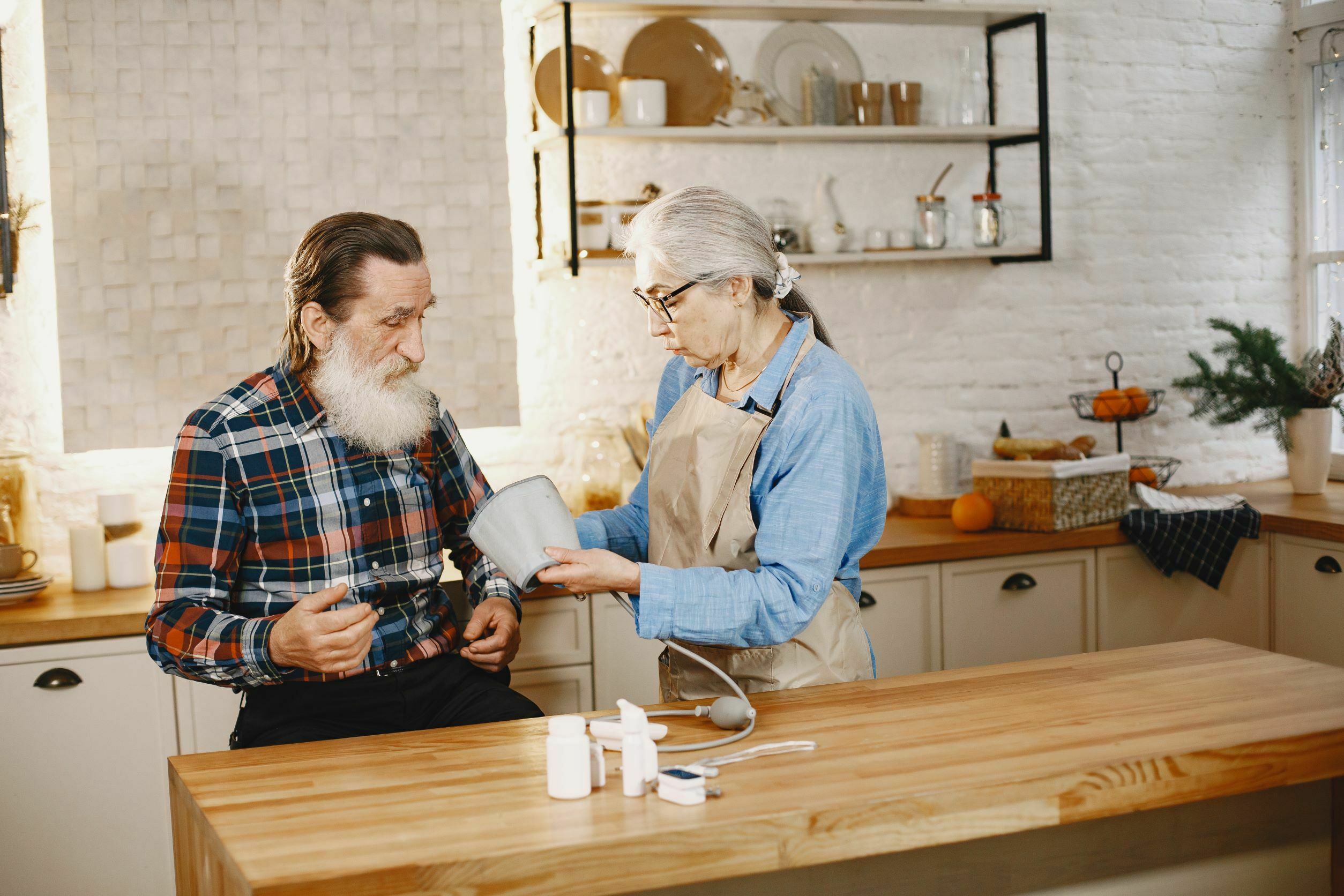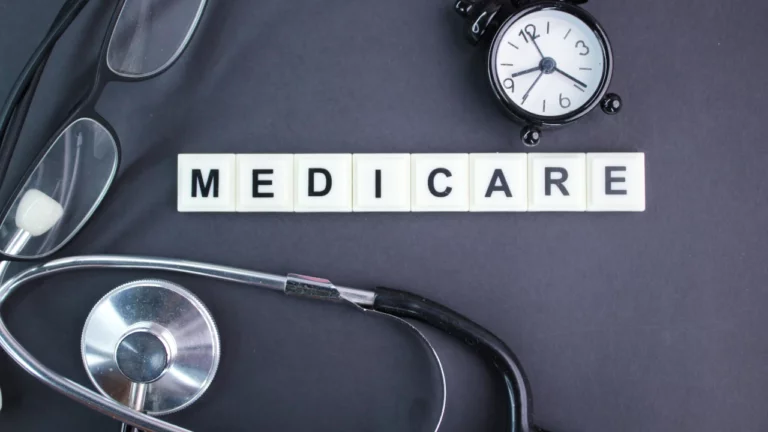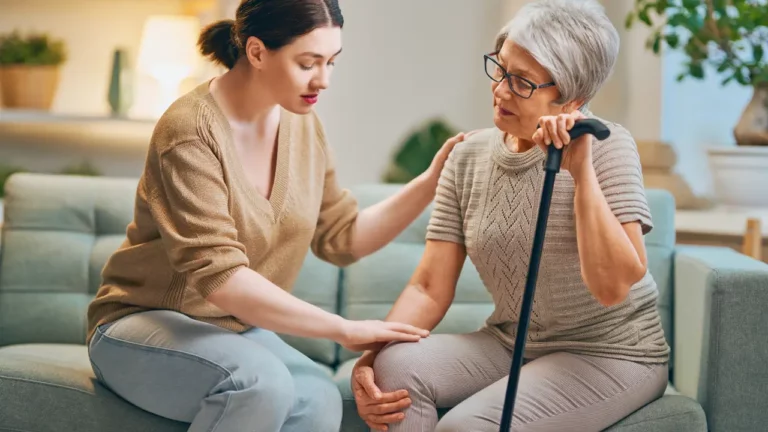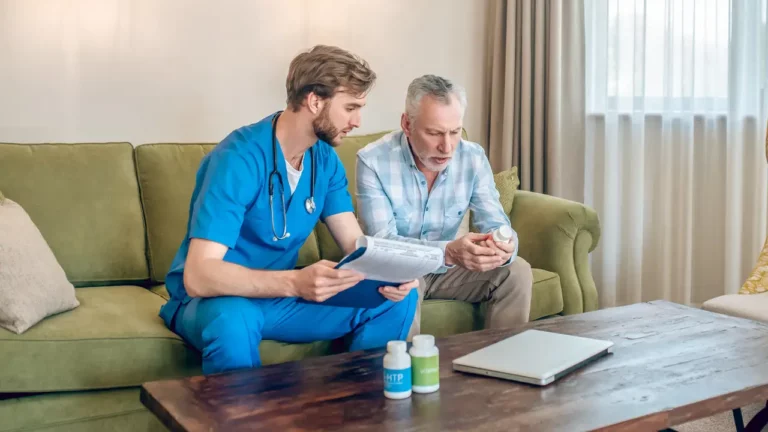According to the Centers for Disease Control and Prevention (CDC), six in ten Americans live with at least one chronic disease, including heart disease, hypertension, cancer, or diabetes. These and other chronic diseases are the leading causes of death and disability in America, and they are also the top driver of hospital admissions and readmissions. CDC defines chronic diseases as health problems that last one year or longer and require continuing medical attention, restrict everyday activities, or both. In the United States, chronic diseases are the primary drivers of the nation’s yearly health care costs of $3.8 trillion.
Patients with chronic diseases usually stay in medical facilities longer than other patients because they must be monitored continuously. However, with the evolution of technology, the healthcare industry is going away with the traditional hospital settings and gradually adopting in-home health monitoring.
What is Remote Patient Monitoring?
Remote Patient Monitoring (RPM) is a system of managing acute or chronic conditions remotely. Remote monitoring uses technology that allows the collection of physiological data using medical devices and wirelessly transmitting these data to a database, where the provider can access it at any time.
Using RPM, patients with chronic illnesses can go home and enjoy the comforts of their homes while their health conditions are monitored continuously, remotely, and in real-time.
Continuous Real-Time RPM
A Continuous Real-Time RPM is a more advanced technology that allows healthcare providers to monitor and track their patients’ vital signs without any significant delay.
In the medical field, a delayed treatment imposes a higher risk of complications including death or permanent disability.
During the COVID-19 pandemic, 41 percent of American adults were reported to have avoided or delayed their medical care due to their fear of cross-infection. This resulted in an increase of mortality. To address the issue, healthcare providers begun using RPM.
With the adaptation of RPM, which permits remote, continuous, and real-time monitoring, patients stayed at home, minimizing their exposure to the COVID-19 virus, while receiving the same level of care from their providers. Hence, saving more lives.
This article will identify four ways how Continuous Real-Time RPM saves lives.
1. Early Detection and Timely Intervention
Early detection of chronic diseases is an essential component of health promotion and disease prevention. Early detection and timely intervention can help save lives by identifying health issues when treatment can be most effective and yield the best possible results.
In the traditional healthcare setting, it is difficult to diagnose a patient with chronic disease in the earliest stage without hospital confinement for continuous health monitoring. However, with RPM, continuous and real-time health monitoring can be made remotely. Hence, a patient’s vital signs can be collected and stored while sitting on his couch and watching his favorite film at home. On the other side, providers can view these vital signs without significant delay in their browser after or even during their rounds in the hospital.
With this innovation, providers can monitor early signs of health deterioration which allows them to apply immediate care, preventing any complications from occurring.
2. Continuous Care Delivery
When patients are discharged from medical facilities, they receive limited and less care at home. This discontinued care results in hospital readmission and even death of patients. In fact, a study conducted in 2008 showed that US healthcare spends $25 billion annually in hospital readmission alone, and 20 percent of readmitted patients are elders aged 65 and older. To address the growing cost of hospital readmission, the US government, in October 2012, began implementing the Medicare Readmission Reduction Program, which imposes financial punishment on hospitals with high readmission rates.
As a result, and to avoid financial punishments, healthcare providers started using RPM to increase interactions and communications with their patients and to provide continuous care even outside medical facilities. With RPM, providers can monitor the changes in their patient’s health conditions and address urgent concerns before it’s too late.
3. Patient Adherence
Seventy-five percent of Americans struggle to take their medications as prescribed. Patients’ well-being is being jeopardized, and the healthcare system is losing billions of dollars due to this non-compliance. Accordingly, drug non-adherence causes nearly 125,000 deaths annually in the United States and accounts for 33% to 69% of medication-related hospital admissions. The overall cost of drug non-adherence alone is estimated to be between $100 billion and $300 billion every year.
With RPM, patients are obliged to adhere to their maintenance and treatment plans. This is to avoid calls and notifications from their providers whenever they miss taking their medicines or fail to measure their vital signs. Every failure to keep up with their treatment and maintenance plans is being monitored via RPM. As a result, the patients are forced to comply.
Additionally, studies show that patients enrolled in RPM enjoy using their devices and look forward to using them every day. Patients are also educated and guided with the indications of each result they see on their devices. For instance, the color green they see on their mobile app every time they measure their blood pressure indicates that it is within normal range. To maintain the color green, patients adhere to their maintenance and treatment plans, thus taking their medicines on time and doing their daily exercise.
4. Increased Overall Health Outcome
Health outcomes frequently are associated with the care a person receives. Remote patient monitoring (RPM) empowers patients to manage their health better and to captain their own care. RPM can provide a more holistic perspective of a patient’s health over time, provide visibility into a patient’s adherence to treatment, and enable timely intervention before an expensive care event when used by physicians. By leveraging the data supplied to them via RPM to construct a tailored treatment plan and engage in joint decision-making to foster better results, clinicians may strengthen their relationships with their patients and improve their health outcomes.
DrKumo, a Continuous Real-Time RPM that saves lives
DrKumo’s goal is to save lives using its most advanced Continuous Real-Time RPM. DrKumo’s state-of-the-art RPM enables providers to recognize early indicators of health decline and deliver a timely medical intervention. Additionally, DrKumo enables continuous care delivery even outside of medical facilities, hence lowering hospital readmissions and confinement. Plus, since DrKumo’s RPM devices are so easy to use, patients may look forward to using them every day, which improves their adherence to their treatment and maintenance regimen.
DrKumo’s patients reported a considerable improvement in their overall health outcomes. Join DrKumo in saving lives by using DrKumo Continuous Real-Time Remote Patient Monitoring Technology.








